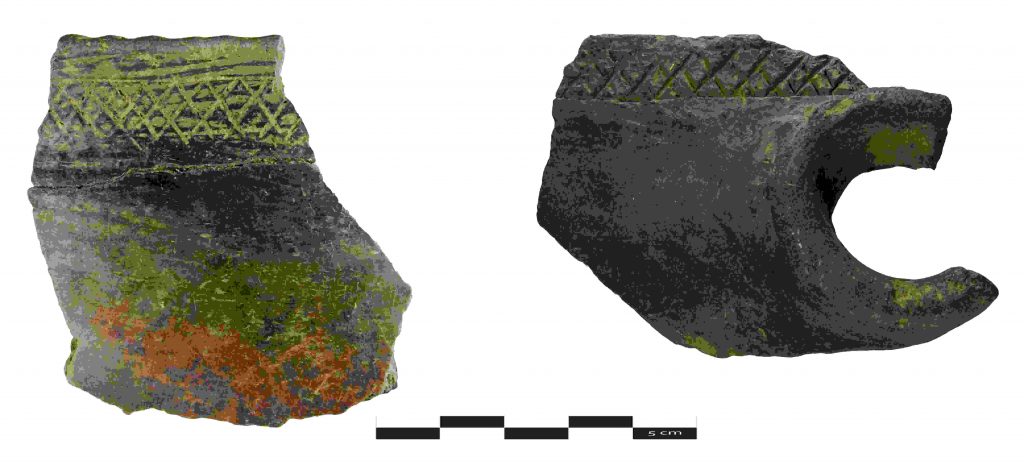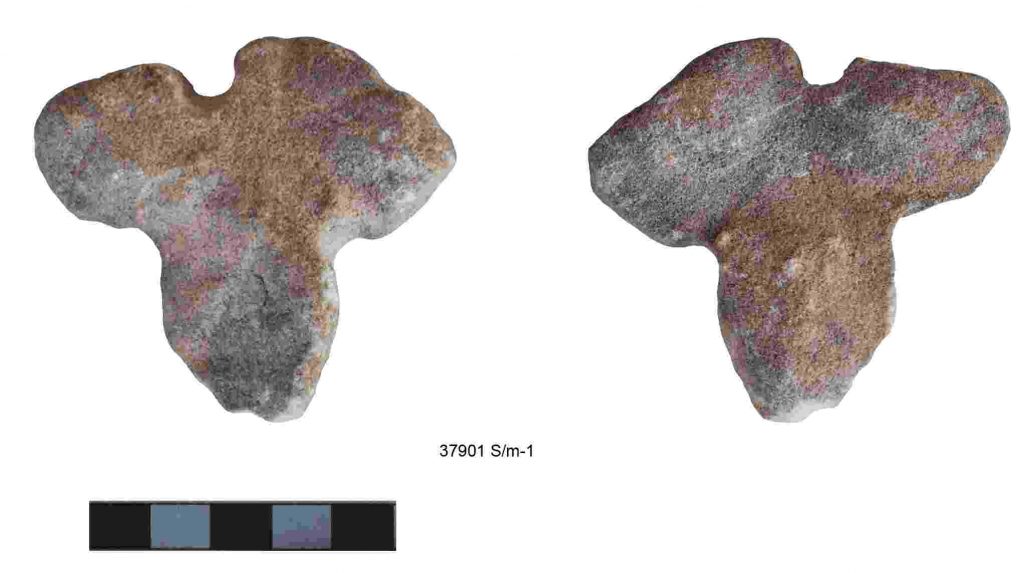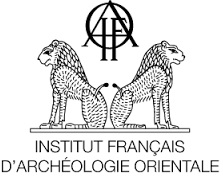Elephantine (Assuan, Ägypten)
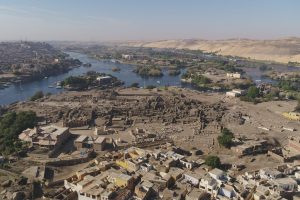
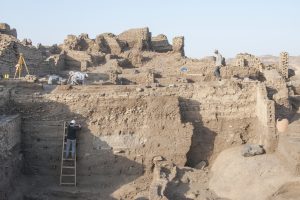
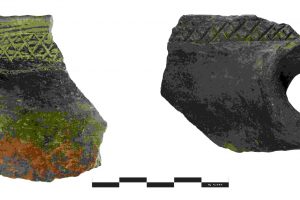
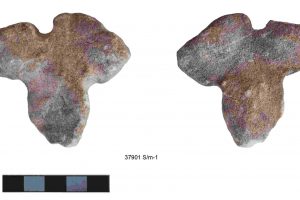
Elephantine is one of the most extensive excavation projects of the DAI Cairo. Since 1969, here at the first Nile cataract close to the southern border of Egypt “temple precincts and administrative buildings, residential and industrial quarters – over the entire period of its historical development” (Kaiser, Elephantine. Official Guidebook of the German Institut of Archaeology, Cairo 1998, 5) are studied. In the scope of this research work, the development of the residential architecture of the island town from the Naqada period (around 3500 BCE) to the 1st millennium CE could be followed. First conclusions about the functions of the buildings and individual rooms were drawn and their partial multi-functionality was clearly demonstrated. Nevertheless, the ruins of the pharaonic city seem to be ‘deserted’. For this reason, since 2014 the focus of the archaeological work within the subproject ‘Realities of Life‘ (under the direction of J. Sigl) has been on cultural-anthropological questions. At the same time, the excavation method was revised and an increased integration of archaeometric methods was aimed at. The study focuses on residential buildings of the late Middle Kingdom (around 1800 B.C.E.) in the northwestern part of the settlement hill of the town.
The town initially developed from a Nubian village situated on the island as a member of a chain of Nubian settlements along the Nile. Not until the beginning of the dynastic period, when the first kings of Egypt started to establish Egyptian military dominance over the southern neighboring countries, was a local metropolis and military stronghold established at Elephantine. The local Nubian elements, however, continue to be attested in the material culture, in particular the pottery. Through the research on objects found on Elephantine, Egypt’s African roots become evident and underline the economic, cultural, and personal ties along the Nile. These are especially evident in the cemetery of the island’s inhabitants (used until about 2000 BCE), and through, amongst other, the new finds from the project Realities of Life. Bracelets made of Elephant ivory and at least one grave in typical Nubian burial tradition were found (research project by St. J. Seidlmayer). The Nubian pottery from the newly researched urban area is juxtaposed by M.-K. Schröder with similar finds of the same period from Upper Egypt and Sudan. The study expands the known Nubian inventory at Elephantine and its inter-regional chronology to previous works (e.g. D. Raue). Originating from settlement contexts, the Elephantine pottery stands in contrast to the comparative material mainly found in graves, and offers the rare opportunity to explore the cultural network of the city and its inhabitants across ancient and modern borders. In addition, current studies by C. Jeuthe on the re-contextualization of objects provide various insights into different processes in the ancient town. These shed light not only on the objects, but also, for example, on the raw materials used and the lifespan and use biography of an object. With the help of archaeometric analyses, everyday moments as well as strategies of access and distribution become visible, which often are not transparent by the features and the building plan. By direct comparison with results from Ayn Asil (IFAO) in Dakhla Oasis (Western Desert), not only regional peculiarities are revealed, but also common phenomena, which can be seen at least selectively at other sites in the Nile valley. Thus, further information on the exchange of goods, but also on the supply by the ancient Egyptian state is gained, whereby Elephantine was firmly integrated into various networks.
Members

Prof. Dr. Stephan J. Seidlmayer
DAI Kairo
seidlmay@zedat.fu-berlin.de
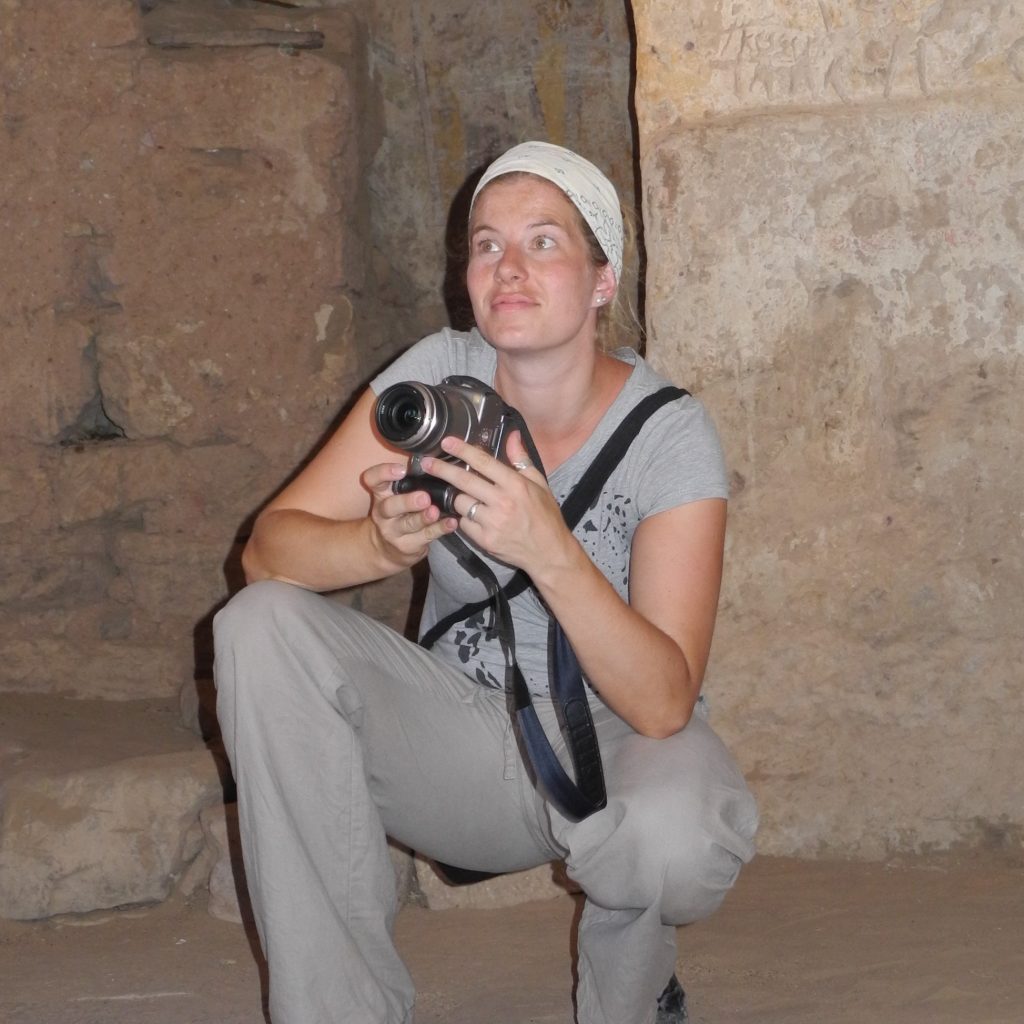
Dr. Johanna Sigl
Commission for Archaeology of Non-European Cultures
johanna.sigl@dainst.de

Dr. Clara Jeuthe
DAI Kairo
clara.jeuthe@dainst.de

Marie-Kristin Schröder M.A.
DAI Kairo
marie-kristin.schroeder@dainst.de
Partner institutions
Figure Captions
Fig. 1 The remains of the ancient town at the southern end of Gezirat Aswan (Elephantine) looking south
[© DAI Cairo].
Fig. 2 Excavation work and sampling for micromorphological studies in the northwestern settlement area
of Elephantine [DAI Cairo, photo by P. Kopp].
Fig. 3 Nubian fine ware from Elephantine, indicating connections to the southern so-called ‘Kerma’ culture
at the 3rd Nile cataract [DAI Cairo, photo by P. Kopp].
Fig. 4 Sharpening tool from the settlement are Satet-West, early Old Kingdom
[DAI Cairo, photo by C. Jeuthe].
